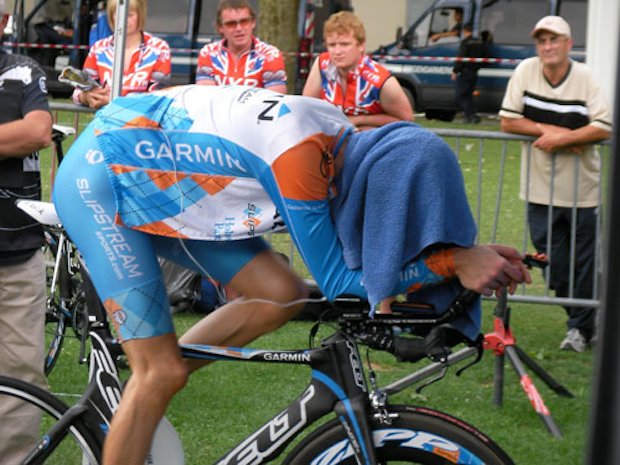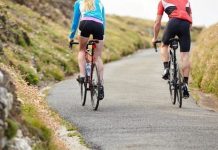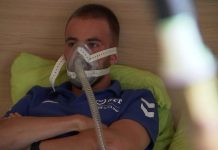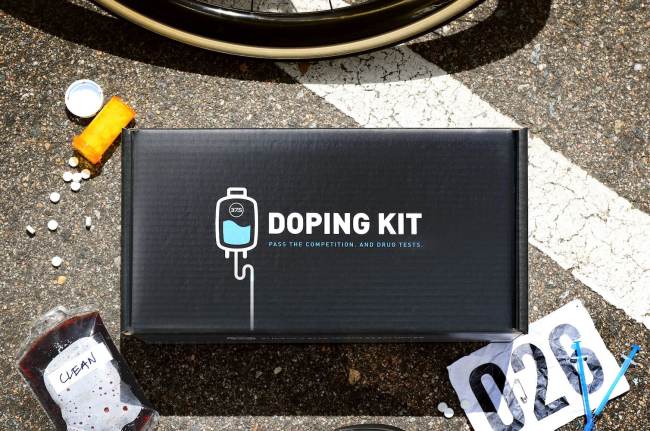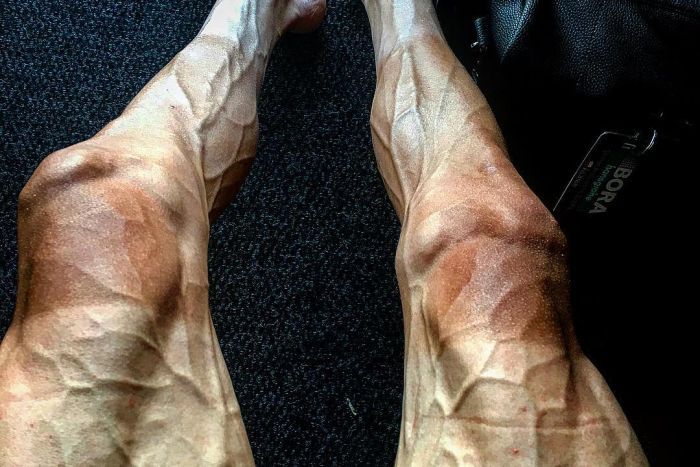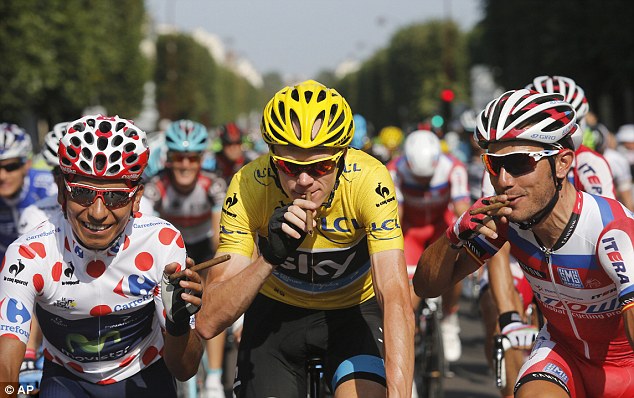If you take part in any sportive, race or even club session, you’ll notice that every cyclist has their own pre-ride routine.
This can range from sitting in the car with the heaters blasting until the last possible moment, a few light limbering movements and token stretches before throwing their leg over the top tube, to full on pre time trial efforts on a turbo until they’re streaming with sweat.
After the ride, most riders will slump in a heap or join a tea and cake queue. But what is the right thing to do pre- and post-ride and why?
“Trying to push it too hard too early will make the beginning of your ride not feel great, and that will set the tone for the rest of the ride,” says Kendra Wenzel, cycling coach.
Ideally, she says, you want to give your legs at least 15 to 20 minutes to ‘wake up’ before hitting the first big effort of the day, or you could miss out on untapped watts.
A very important aim of the warm-up is to “switch” your aerobic energy system on prior to you starting your main effort. Doing so means you use energy more efficiently and you are less likely to fatigue prematurely as a result. Your heart rate should be increased progressively, enabling more oxygen to be transported through your blood to and used within the working muscles. With increased body temperature, the range of motion around your joints will also improve and you will get close to your optimal efficiency very quickly.
If you don’t warm up what happens? You go immediately anaerobic, wasting more energy than it is necessary. You feel sluggish and you swear your legs have been replaced with a sack of hammers!
Why cool down? A cool down helps return your body to its pre-exercise state and will aid recovery and adaptation processes. It should be viewed as the first step to preparing your body for your next training session, race or event.
A progressive cool-down will help remove metabolic waste products from your muscles. If you don’t cool-down, these metabolites will ‘sit’ there and potentially inhibit recovery. A cool-down will also minimise the likelihood of you feeling dizzy, nauseous or fainting post exercise. It will also allow your blood to redistribute around the body, preventing blood pooled in your lower extremities.
After your ride, take 10 to 15 minutes to cool down. Gale Bernhardt, USA Triathlon World Cup coach, says, “After each workout and race, spin easily to cool down. By the end of your cool down, your heart rate should be in Zone1 or less” (that means your heart rate is less than 80 BPM). Finish off by stretching.


